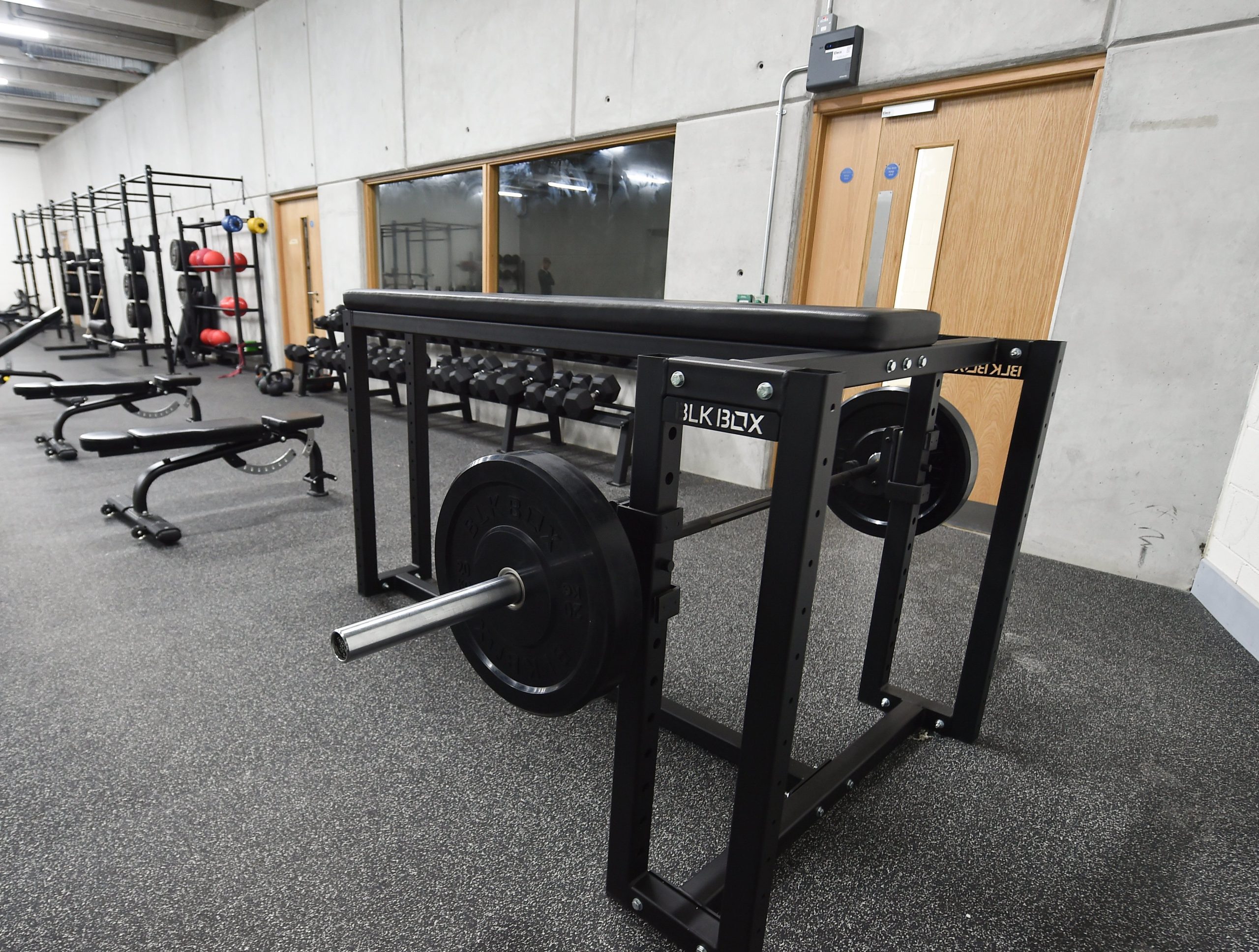FOR our GAA athletes during the pre-season phase, the focus lies on developing robust athletes who can withstand the rigours of back-to-back matches and the continuous demands of a competitive season. This involves exposing athletes to chronic load in terms of both volume and high-speed running.
Additionally, agility and contact training play crucial roles in creating well-rounded players ready for any challenge on the field. The underlying principle here is simple yet profound: robust athletes translate to better player availability, which, in turn, correlates with team success. High player availability is your number one goal.
Mistake 1
One common mistake that athletes and coaches fall into during the competitive season is the belief that the hard work is done in pre-season. This mindset can lead to a shift towards prioritising recovery over training intensity. However, this approach can be detrimental. If athletes reduce the intensity of gym workouts and main training sessions or rely solely on game-day performance, they risk a significant reduction in their training loads – up to 50 per cent. To truly excel during the season, high-intensity training both in the gym and on the field must remain a consistent part of the regimen. However, training overall volume must decrease.
Mistake 2
The transition from pre-season to in-season should not entail a drastic reduction in chronic training volume. Neglecting the training volume that athletes have built up over the pre-season months can lead to a ‘de-training’ effect, particularly evident around the mid-season period. Maintaining a reasonable percentage of the pre-season chronic load – around 30 per cent – ensures that athletes do not lose the progress they’ve made.
Mistake 3
Maximising velocity exposure is paramount for in-season success. Researchers suggest that maintaining a velocity of either -2 from the game day or -3 can be highly beneficial.
This involves keeping up with the highest speeds achieved during training sessions, simulating match conditions and enhancing on-field performance.
Additionally, training at or above match intensity levels is crucial. Training above the average work rate per minute, a key metric for determining intensity. Maintaining accelerations and decelerations specific to player positions further refines in-season training.
Key takeaways
Effectively transitioning from pre-season to in-season loading involves avoiding common mistakes and adopting a well-rounded training strategy.
By understanding the importance of maintaining robustness, training intensity, and chronic load, athletes and coaches can ensure that their hard work during the pre-season translates into success during the competitive season. A focus on velocity exposure and training at or above match intensity levels further elevates in-season performance.
Receive quality journalism wherever you are, on any device. Keep up to date from the comfort of your own home with a digital subscription.
Any time | Any place | Anywhere















